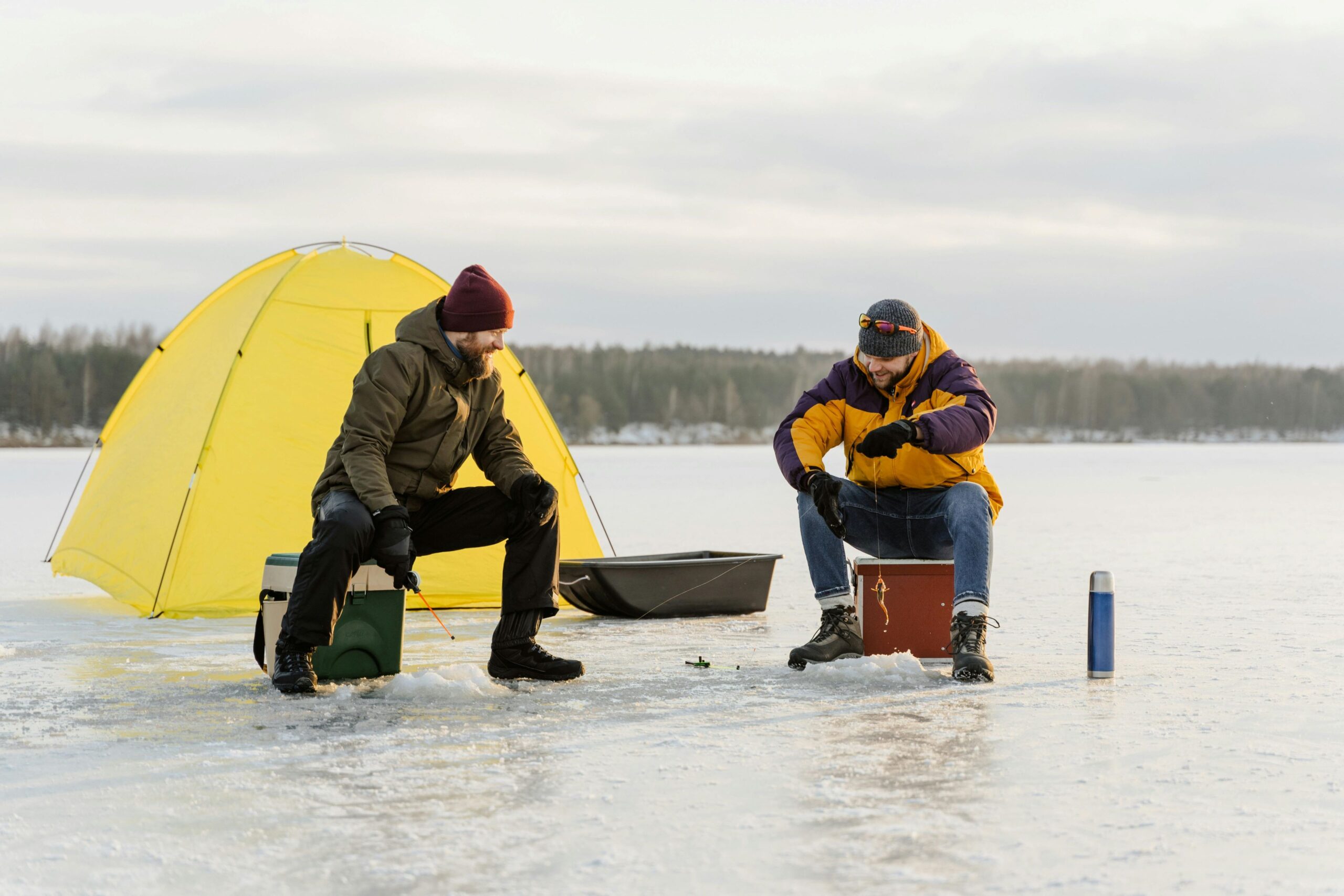Ice Smart Tips
- Check the weather. Avoid ice-related activities on warm or stormy days.
- Keep away from unfamiliar paths or unknown ice. avoid travelling on ice at night.
- Never go onto the ice alone. A buddy may be able to rescue you or go for help if you get into difficulty.
- Before you leave shore, inform someone of your destination and expected time of return.
- Carry ice picks, an ice staff and a rope. A cellular phone could also help save your life.
- If children do play on ice, insist that they wear a lifejacket/PFD or thermal protection buoyant suit. They should always be with a buddy and under adult supervision. Children that aren’t “within arms’ reach” have ventured too far.
- Check ice conditions with knowledgeable local individuals (for example, resort owners, police or members of snowmobile clubs). The Lifesaving Society recommends a minimum ice thickness of 10 cm (4 inches) for a single person to walk, ice fish, or cross-country ski on it. Remember, though, that this recommendation is for new, clear ice under ideal conditions.
- Wear a thermal protection buoyant suit to increase your chances of survival if you do go through the ice. If you don’t have one, wear a lifejacket or personal flotation device (PFD) over an ordinary snowmobile suit or layered winter clothing.
- Avoid vehicle travel on ice whenever possible, especially if you’ve been drinking alcohol or taking drugs. Remember that even one drink can dull your senses, slow your reaction time and impair your judgement. If you do drive on ice, ensure that your windows are rolled down, doors are unlocked, seat belts are unfastened and lights are turned on, as these precautions will allow for a quicker escape from your vehicle if it should go through the ice.
- Assemble a small personal safety kit, no larger than the size of a wallet, and carry it on your person. The kit should include a lighter, waterproof matches, magnesium fire starter, pocketknife, compass and whistle.
